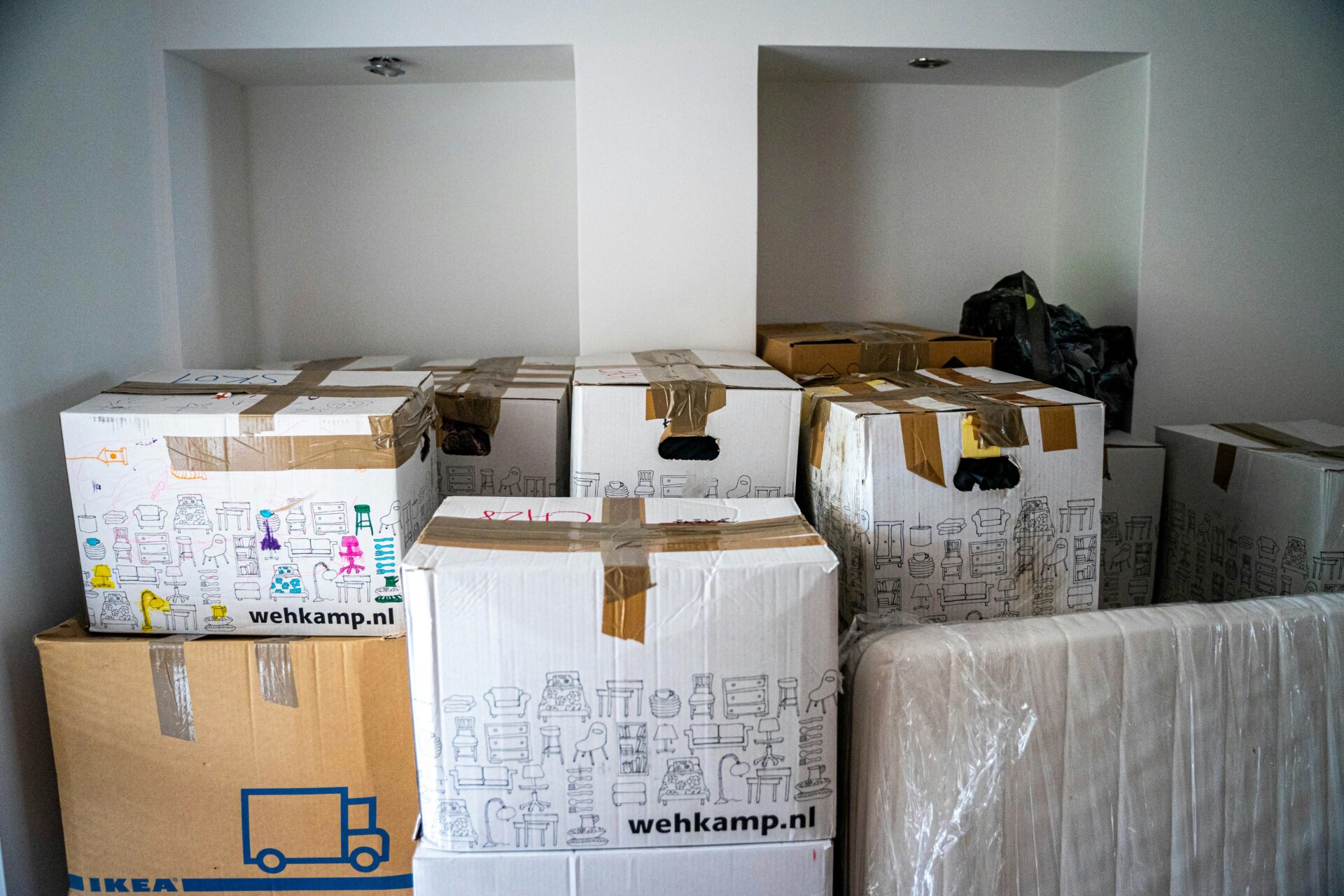
When your renter can no longer live in their unit due to the actions (or inaction) of you, their landlord, a constructive eviction has taken place. In this situation, a renter may terminate their lease early; however, they could also seek legal action against you. If the court rules in favor of the renter, you’ll be liable for damages. For this reason, it is essential for you to understand all the elements of constructive eviction so you don’t run into trouble.
Here’s what to know about constructive eviction in real estate so you can avoid running into this problem.
What is constructive eviction?
Constructive eviction refers to the steps a landlord takes to make a property uninhabitable, usually in an attempt to evict renters without going through legal proceedings. As legal evictions can cost a lot of time and money, especially when the renter is unwilling to move out, you may think you could try other means to get a renter to vacate their unit. However, constructive eviction isn’t legal, and it can cost you a whole lot more than a legal eviction if the renter sues you as a result.
Examples of constructive eviction include:
- Blocking the entrance to the property
- Changing door locks
- Harassing a renter by entering their unit without notice or using abusive language
- Refusing to complete needed repairs
- Shutting off utilities
Bear in mind that constructive eviction doesn’t require that you actually intend to make your renter vacate the property. By its legal definition, simply failing to fulfill your obligations as a landlord as specified by the law or by the terms of your lease agreement counts as constructive eviction. For example, failing to fix a broken appliance or leak in the roof could make the property uninhabitable; if the renter moves out as a result, that counts as constructive eviction.
As a landlord, you must also control your other renters so that they do not engage in any activity that interferes with their co-renters’ comfort on your property. If a renter notifies you of problems such as loud parties or unruly behavior by other renters like and you do not remedy the situation, the courts may also consider this constructive eviction.
What is partial constructive eviction?
Many states don’t require the entire premises to be unlivable. Partial constructive eviction can take place if you deprive a renter of the use of a part of the property. For instance, roof damage that causes a major leak in one bedroom in a two-bedroom apartment does not necessarily require the renter to move, but they may still need to have their rent reduced or suspended should this occur.
Constructive Eviction as a Defense in Court
A renter can use constructive eviction as a defense in court if you sue them for vacating the property before their lease agreement ends without paying rent. Renters can generally use this defense in court if:
- The rental unit became unlivable
- The renter(s) moved out because of those issues causing the unit to become unlivable
- The landlord sues those renters for rent after they have left
A renter can maintain an action for constructive eviction damages if they show that the unlivable conditions came as a result of something the landlord did (and not actions of a third party) and that they vacated the property in a reasonable time. If a renter can make a judge believe they moved out of their unit because it became unlivable — in other words, you had them “constructively evicted” — they may win their case.
A renter can legally move out if you cannot fix a situation right away, and they aren’t responsible for paying rent from the point when the unit became unlivable. Renters typically have the most success with these types of claims when they have further proof of trying to fix the situation without a positive response from a landlord, such as:
- Asking for help from a local health department or building inspector to document the problem
- Giving the landlord reasonable notice to remedy the situation before moving out
- Trying to negotiate, such as asking to simply end the lease early by mutual agreement
- Writing letters asking their landlord to make necessary repairs
Pay attention if you’re in this kind of situation. If a judge sides with a renter who has tried these actions, you could be on the hook for serious damages.
How can landlords avoid dealing with constructive eviction?
You can take some proactive steps to avoid dealing with constructive eviction. After all, it isn’t always possible for you do to all needed repairs. Repairs may cost too much, or bad weather conditions may prevent you from making repairs in a timely manner. You can sidestep these issues by:
- Making repairs as quickly as you can once you’ve been informed of a problem. This shows renters that you have a history of putting in a reasonable effort to get repairs done, in case something you truly can’t fix comes up down the road.
- Letting renters out of a lease if you can’t fix a problem and the property becomes unlivable.
- Lowering the rent during the time that the problem exists.
- Working out an agreement with the renter about how to resolve the problem, such as letting them live in another unit until you resolve the problem.
Laws of constructive eviction vary by jurisdiction. If you think you have a problem, it’s always a good idea to check with an attorney to better understand the specific laws in your area.
As a landlord, it’s your responsibility to create a safe and healthy living environment for your renters. If you don’t, a court could hold you liable for constructive eviction. By dealing with problems as soon as they arise and proactively working with renters in case a big problem does happen, you’ll protect yourself legally as well as develop a better relationship with your renters.



